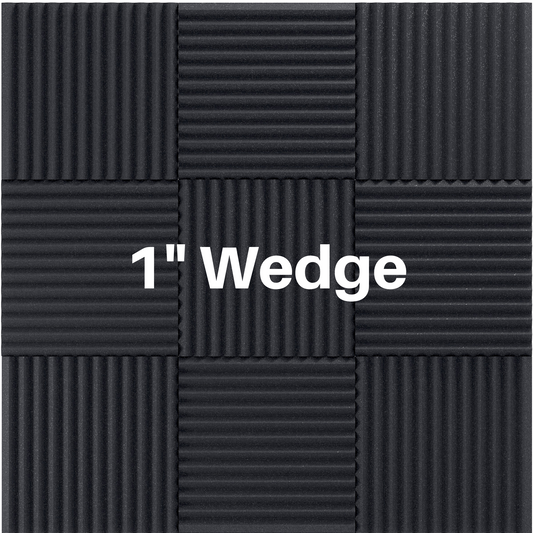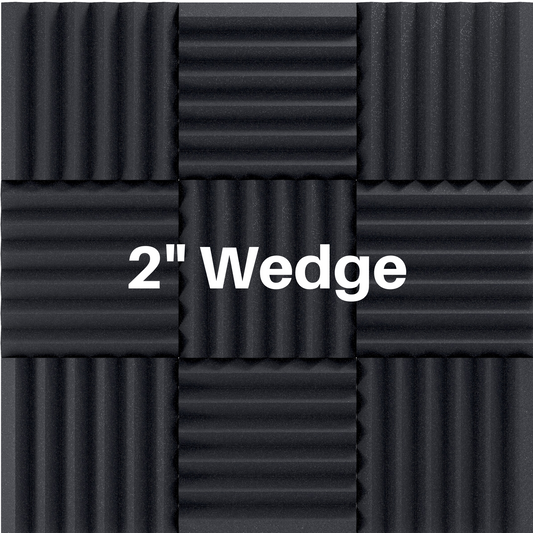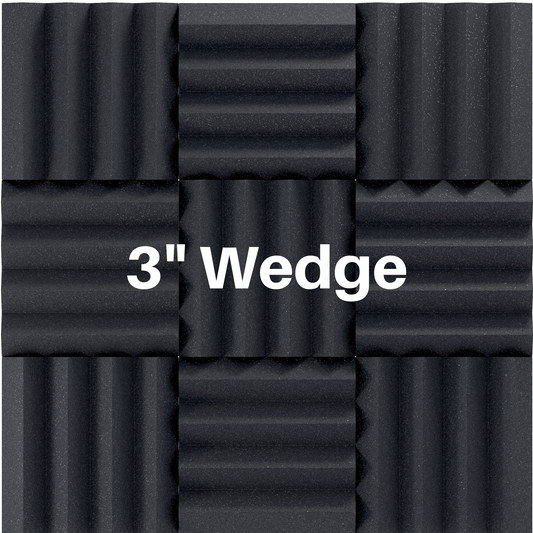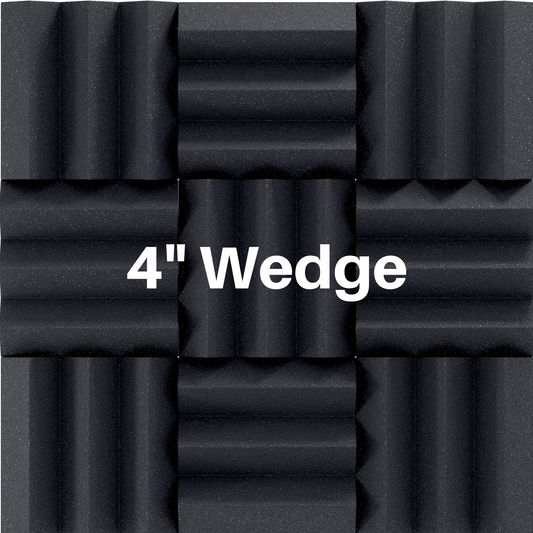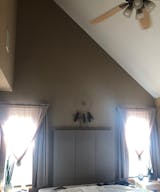Understanding Frequency and How It Affects Your Sound
Share
What is Frequency?
Frequency is basically how high or low a sound is. Think about it like this:
- Low sounds (like the rumble of a car engine or a bass guitar) have low frequencies.
- High sounds (like a bird chirping or the hiss of a cymbal) have high frequencies.
- And in the middle are, you guessed it, mid frequencies (like voices or guitars).
The below image illustrates the differences between high and low-frequency sound waves, showing how wavelength varies with frequency: higher frequencies have shorter wavelengths, while lower frequencies have longer wavelengths.

Frequency is measured in Hertz (Hz). The lower the number, the lower the sound. The higher the number, the higher the sound.
Three Main Categories of Frequency
In recording, we usually break frequencies into three main groups. Each group plays a major role in how your music sounds.
Bass (Low Frequencies)
Range: Around 20 Hz to 250 Hz
- These are the deep, booming sounds. Think of kick drums, bass guitars, or anything that gives music its “thump” and “warmth.”
- Problems: Bass can easily get out of control. If there’s too much, your mix sounds muddy. And in small rooms, bass can “build up,” making certain notes sound way louder than others.
Mids (Mid Frequencies)
Range: Around 250 Hz to 4,000 Hz (4 kHz)
- This is where most of the sound we hear every day lives. Guitars, vocals, pianos – these all sit in the midrange.
- Problems: If the mids are too loud, your mix can sound “boxy” or harsh. But if they’re too low, your recording can sound hollow.
Treble (High Frequencies)
Range: Around 4,000 Hz and above
- These are the crisp, bright sounds. Think cymbals, the “air” in a singer’s voice, or the sharpness of a hi-hat.
- Problems: Too much treble can make your mix sound piercing or tinny. But if there’s not enough, it can sound dull or flat.
Why Frequency Balance Matters
In a recording, all these frequencies need to “get along.” If one area is too loud, it can mess up the whole mix. Here’s what happens if they’re unbalanced:
- Too Much Bass: The mix sounds muddy and unclear.
- Too Many Mids: It feels crowded, and instruments can blend together too much.
- Too Much Treble: The sound is harsh and tiring to listen to.
A balanced mix will have each frequency range fitting together like puzzle pieces – clear bass, warm mids, and crisp treble.
How Frequency Behave in a Room
Your room can have an impact on different frequencies and how they behave and sound inside your space.
Bass: Loves to bounce around and build up in corners. That’s why people use bass traps – they help absorb those low frequencies that get all “boomy” in small rooms.
Mids: Can reflect off walls and cause that “boxy” sound if your room is small.
Treble: High frequencies get absorbed easily by things like curtains or rugs, so if your room is too “dead,” you might lose some of that crispness in your recordings.
Tips to Control Frequency in Your Room
Use Bass Traps in the Corners
Since bass builds up in corners, adding bass traps there helps control the low end.
Add Acoustic Panels to the Walls
Panels absorb mid and high frequencies, helping to prevent echoes and reflections.
Soft Furnishings for High Frequencies
Curtains, rugs, or even bookshelves can absorb high frequencies and keep things from sounding too harsh.
Experiment with Placement
Sometimes, just moving your speakers or your mic a little can make a huge difference. Don’t be afraid to try different spots in the room to find the best sound.
Need Help With Your Room Treatment?
Check out our FREE resources below!





